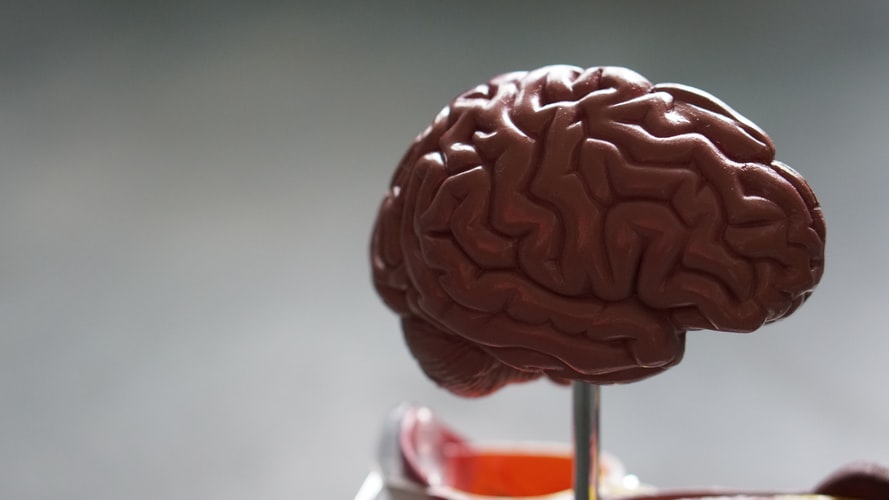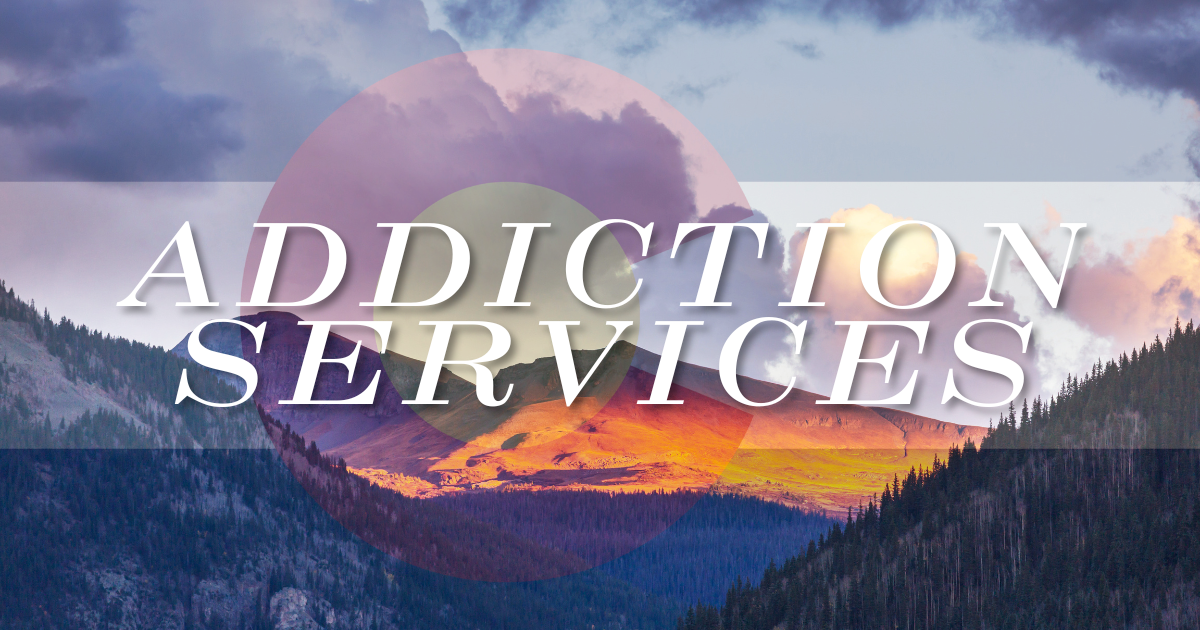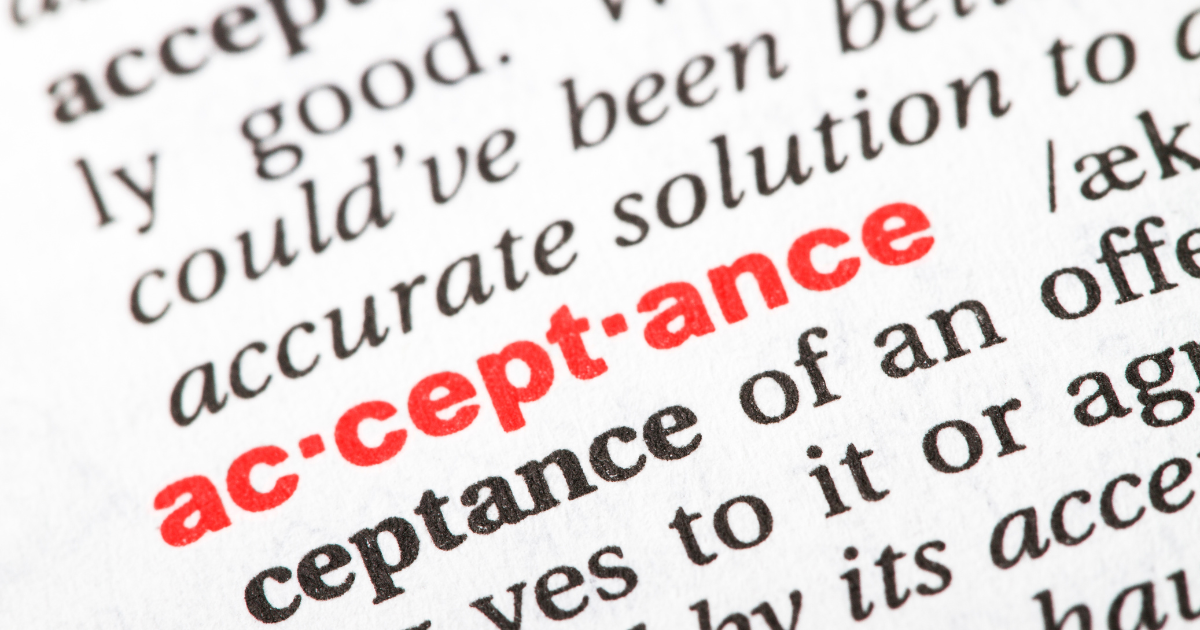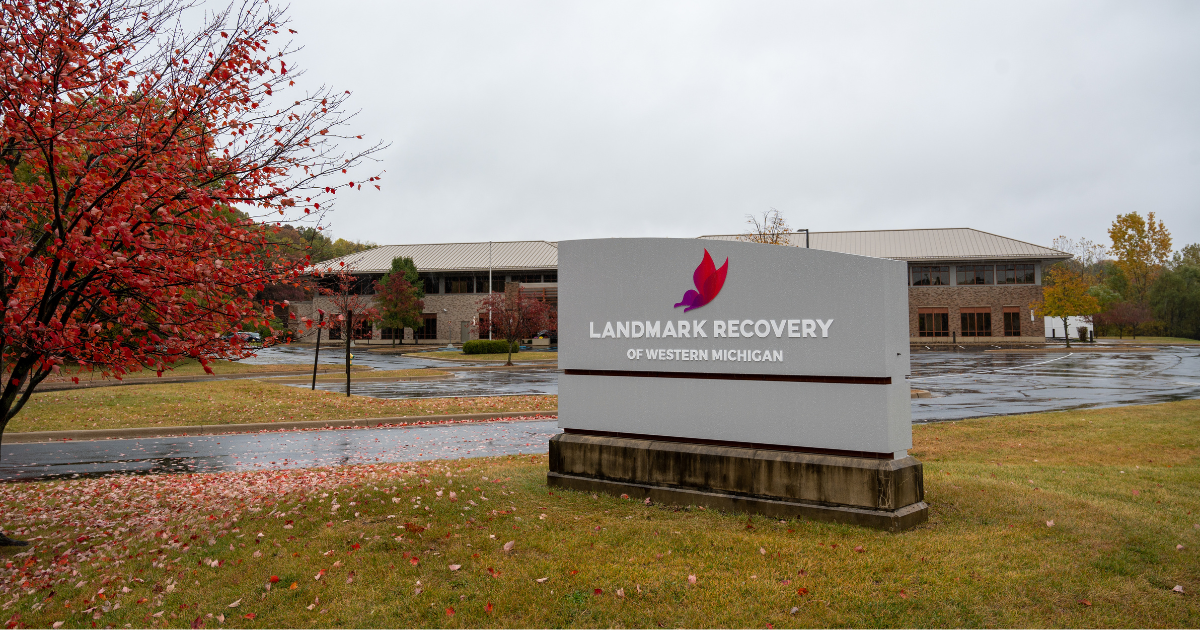During drug and alcohol rehabilitation, there are a number of steps that patients go through on their path to recovery, especially during the inpatient care process. During their stay in residential treatment, and following discharge, patients go through many therapy and group support session, each a different type with a different focus on how to get past the throes of addiction. One type of individual therapy in particular, neurofeedback or biofeedback, has been studied throughout the past few decades and has gotten more attention as a more alternative form of treatment.
While neurofeedback is not a new concept, as it has been studied by researchers for several decades. The use of biofeedback therapy to treat drug or alcohol addiction dates back to the mid 1970’s but was mostly studied the late 1980’s and 1990’s but it has been being looked at more prominently in the past decade as a legitimate form of treatment. A comprehensive study into the design of neurofeedback explains that this type of therapy has many clinical applications including anxiety, depression, epilepsy, insomnia and drug addiction.
Many studies have found that neurofeedback therapy can provide a major impact on drug treatment when used along with other forms of substance abuse treatment. Specifically, neurofeedback can change the way that addicts think and react to something that could trigger a relapse. In fact, one study done showed that patients in a substance treatment program were much more likely to be sober without a relapse one year after treatment if they participate in neurofeedback therapy than if they didn’t
While there has been evidence provided that shows that neurofeedback therapy can be an effective form of treatment for many things, including drug and alcohol addiction, there is still more research to be done regarding the process.
Neurofeedback Treatment
Neurofeedback therapy is a kind of biofeedback. Biofeedback is a form of therapy that helps patients gain control over their mind and body, it measures things like breathing rate, heart rate and muscle contractions.
Neurofeedback measures the brain. More specifically, it looks at how the brain responds and reacts to different stimuli and records the electroencephalography (EEG), or electrical activity in different parts of the brain.
During this type of therapy, electrodes are applied to the head to measure brainwave activity. The measurements are then shown and rewired so that the patient will respond to certain stimuli differently in an attempt to change the way the brain and body responds to certain things. In the case of drug and alcohol treatment, neurofeedback therapy can focus on preventing relapses by using methods that inhibit how the brain responds to stimuli that cause cravings.
Like most treatments, neurofeedback is not perfect. The study identifies a few things arguments against the use of neurofeedback therapy. For instance, neurofeedback is an expensive and time-consuming therapy and its benefits may not be long-lasting. Also, the study points out that it may take months before desired improvements are seen. Still, the study agrees that neurofeedback has its place in some forms of treatment and should be used alongside other treatment options for the best results.
“Nevertheless, neurofeedback is known as a complementary and alternative treatment of many brain dysfunctions.”
Because neurofeedback is a good complimentary treatment, it makes it perfect for drug and alcohol treatment because it is supposed to be used alongside multiple other forms of therapy like Cognitive Behavioral Therapy, family therapy, SMART Recovery, and other group therapies and support groups.
“Studies have shown that neurofeedback training is a good way to quit drug addiction whereas long-term use of the drug has a profound effect on the individual’s EEG. Temptation and craving of drugs could be reduced by neurofeedback in patients addicted to cocaine. This treatment can also be used to treat alcoholism and addiction,” the study said.
Types of Neurofeedback
As mentioned earlier, there are a number of applications for neurofeedback treatment. According to the 2016 study, there are seven different types of neurofeedback that address different types of disorders and problems, addiction is one of the many problems that can be dealt with through biofeedback. The seven types of neurofeedback include:
- Frequency and Power feedback – the most frequent type of neurofeedback used. It is used to change the amplitude and speed of specific brain waves to treat ADHD, anxiety, and insomnia.
- Slow Cortical Potential Neurofeedback – used to treat ADHD, epilepsy, and migraines.
- Low-energy Neurofeedback System – delivers weak signal to change a patient’s brain wabe while they are motionless with their eyes closed. LENS is used to treat traumatic brain injury, ADHD, insomnia, fibromyalgia, anxiety, depression and more.
- Hemoencephalographic Neurofeedback (HEG) – used to treat migraines by providing feedback on cerebral blood flow. Through HEG, patients learn to increase cerebral blood flow to a specific brain region which, in turn, increases brain activity and performance of tasks.
- Live Z-score Neurofeedback – used to treat insomnia by being exposed to a number of different variables and provide continuous feedback on how the brain responds.
- Low-resolution Electromagnetic Tomography – uses 19 electrodes to monitor phase, power, and coherence. This neurofeedback treatment style is used to treat substance addiction, depression, and obsessive-compulsive disorder.
- Functional Magnetic Resonance Imaging – a more recent type of neurofeedback that is used to regulate brain activity based on the feedback from the subcortical areas of the brain.
Similar to the types of neurofeedback therapy, biofeedback targets specific brainwaves for different types of treatment:
- Delta – observed when a person is asleep
- Theta – observed when a person is tired
- Alpha – observed when a person is relaxed and muscles are loose but they are awake
- Beta – observed when someone is alert
- Gamma – observed when a person is actively trying to solve a problem
The brainwaves that will be measured and tested will depend on what type of treatment a patient is undergoing.
For example, the two brain frequencies that are most commonly associated with substance abuse treatment are the alpha and theta brain waves. Along with being used for drug and alcohol abuse treatment, the alpha and theta frequencies are targeted for treatment of depression, anxiety, and other disorders that deal with stress reduction. Treatment that deals with the alpha and theta brain waves are done under eyes-closed, relaxed conditions.
Meanwhile, gamma frequencies would be observed when a patient is dealing with something like seizures or migraines.
How It Can Be Used for Substance Abuse
In a 2005 UCLA study that was published in The American Journal of Drug and Alcohol Abuse looked at the how Biofeedback treatment had an effect on 121 volunteers, all of which were struggling with substance abuse including heroin, crack cocaine, methamphetamine, alcohol and other substances.
One of the studied effects was that the length of stay in a treatment center for the experimental subjects lasted 36 percent longer than those who were not using biofeedback. Similarly, over the first 12 weeks of the program, 46 percent of control subjects had dropped out of treatment compared to just 24 percent who had received EEG biofeedback.
“The results of this study support the efficacy of EEG biofeedback training in an inpatient drug treatment program. Success was determined by length of time in treatment, or treatment retention, as well as by abstinence rates one year after termination of treatment.”
Of the remaining experimental and control subjects who were examined 12 months after the beginning of the study, 77 percent of the experimental group were abstinent without relapse, whereas 44 percent of the control group didn’t experience relapse.
In the conclusion of the 2005 study, researchers found that EEG neurofeedback treatment was shown, during this specific study, to be beneficial in regards to substance abuse treatment.
“The present study supports the efficacy of an EEG biofeedback protocol as adjunctive therapy in an inpatient drug treatment program. This protocol appears to be beneficial for both sedative as well as stimulant substances of abuse. Success was determined by length of time in treatment as well as by abstinence one year after termination of treatment.”
Despite the fact that EEG treatment has been shown to provide positive effects for those struggling with addiction, it is still being studies and is in the early stages of adoption.
A similar study published in 2013 looked at how neurofeedback can impact opiate addiction. According to the National Institute on Drug Abuse, there were almost 30,000 opioid overdoses in 2017, accounting for about half of all drug overdoses in the country. If biofeedback therapy proved to be an effective form of treatment for opioid addiction, it could have an astounding affect on an epidemic that has kills thousands a year and impacts millions.
The study aimed to examine if treatment lead to changes in mental health and substance cravings. It says that in order to treat substance dependence properly, treatment requires an approach that combines biological, physiological and psychological aspects of the substance abuse disorder and few treatment programs can do this.
Because symptoms of opiate and substance dependency, such as cravings and impulsiveness, are connected to neurological patterns in the brain, biofeedback therapy can be a potential solution to controlling relapses.
The study found that neurofeedback was effective in decreasing craving to use substances and improve general mental health in opiate dependence patients.
“Our results, combined with those of others, suggest that neurofeedback training over a long period may be more effective than pharmacotherapy alone in treating substance use and in promoting mental health. Although pharmacotherapy can lead to some improvements in patients, side effects, instability, and the high risk of relapse, are some of the main limitations of using pharmacotherapy alone. Neurofeedback attempts to address the fundamental operational functions of the brain and acts as a mechanism for the brain to self-regulate,” the study said.
Further Research
As mentioned earlier, biofeedback therapy still has yet to be adopted in the mainstream and the nuances of the treatment still need to be studied. However, early signs of the effectiveness of the treatment are positive and could be instrumental in the fight against addiction.
One research paper that looked at the history and effectiveness of the treatment gave some recommendations for future studies. It said that a large scale study that looks at diverse population with various control and alternative treatment conditions would be beneficial. They also recommended looking into how EEG affects specific drugs such as heroin, cocaine, cannabis, alcohol etc. It also mentioned the how effective biofeedback therapy has been on adolescents and believe that it needs to be investigated more thoroughly.
“With the advances made in the last several years, it is hoped that continued interest will be generated to further study brainwave biofeedback treatment of addictive disorders. Effectiveness in certain “hard to treat” populations (conventional treatment resistant alcoholics, crack cocaine addicts, cognitively impaired substance abusers) is promising. The prospect of an effective medication free, neurophysiologic, and self-actualizing treatment for a substance based, brain impaired, and self-defeating disorder such as SUD is attractive,” the paper said.
While there is still more research that needs to be done in regards to neurofeedback therapy, it is a positive sign that studies that have been conducted point to a form of treatment that can be used to prevent relapse.
Now What?
If you think you or a loved on is suffering from a substance abuse disorder, it may be beneficial to look into other types of therapies that drug and alcohol rehabilitation facilities can provide. At Landmark Recovery, we provide patients with a holistic and individualized approach on their road to sobriety. We give them the tools they need to get and stay sober through the use of detoxification, SMART recovery, Cognitive-Behavioral therapy, support groups and intensive outpatient care. If you would like to learn more, please visit our website or call our admissions for more information.

Choose Recovery Over Addiction
We're here 24/7 to help you get the care you need to live life on your terms, without drugs or alcohol. Talk to our recovery specialists today and learn about our integrated treatment programs.





